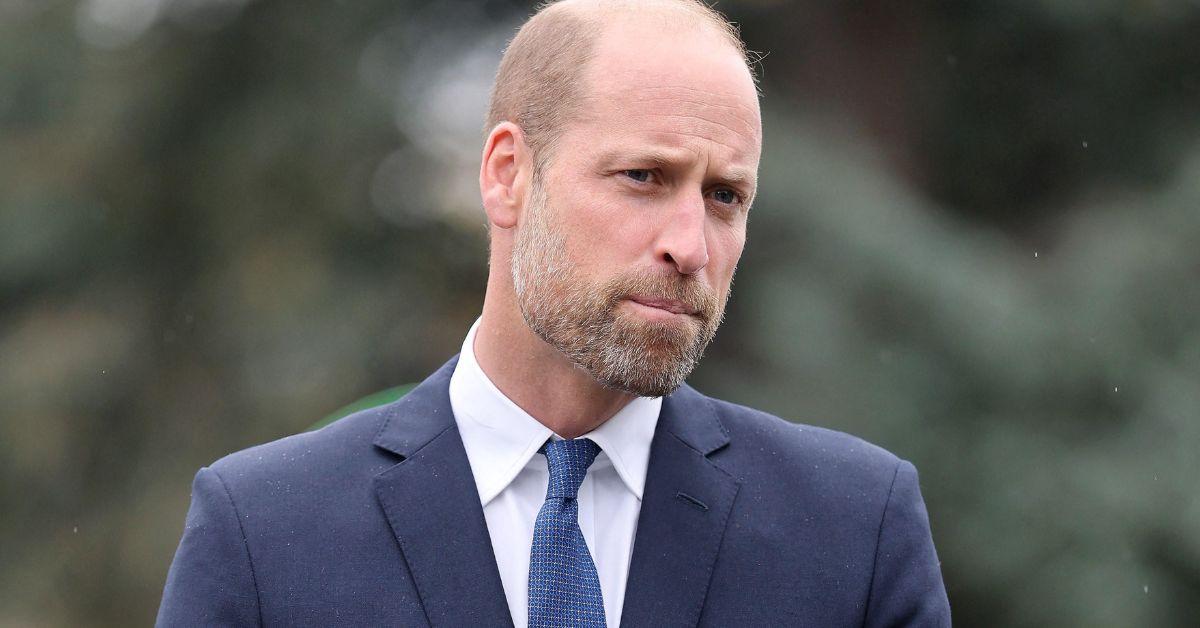**Prince William’s 2007 Split From Kate Middleton: A Rare Glimpse Into His Private Struggles**
*Published Oct. 16, 2025, 8:16 p.m. ET*
Prince William became “quiet, withdrawn, and not himself” during his brief 2007 split from Kate Middleton, with palace staff telling RadarOnline.com that the future king’s behavior at the time was unusually “closed off” and “disturbing to witness.”
The then 25-year-old royal had ended his long-term relationship with Middleton, now the Princess of Wales, after years of mounting public pressure and scrutiny from the press. The pair met while studying at the University of St. Andrews in Scotland in 2001 and had been together for much of their twenties.
### Withdrawn and Distant Prince
Insiders say the separation—which lasted only a few months—deeply affected William, revealing a rare glimpse of his private struggles. A former royal staffer explained, “That time really weighed on William. He wasn’t himself – much quieter, more withdrawn. You could tell something wasn’t right. He remained courteous and composed, but there was a heaviness about him that everyone noticed.”
The source added, “He never spoke about it directly, but it was clear to all of us it had to do with Kate. The atmosphere around him completely changed.”
Former butler Grant Harrold, who served the royal family for more than a decade and was working at Highgrove House during William and Middleton’s split, recalled the same transformation. In his memoir *The Royal Butler: My Remarkable Life in Royal Service*, Harrold writes: “He went very quiet. He became a little bit withdrawn. I didn’t see a huge amount of him. I just knew he wasn’t himself 100 percent. I knew he wasn’t himself.”
### Pressures of Royal Life and Public Scrutiny
At the time, William faced intense speculation about his relationship and growing pressure from the media to propose. Friends say the separation was as much about protecting Middleton as it was about buying the couple time away from the spotlight.
“The media pressure on Kate was overwhelming,” said a royal aide. “They were still very young, and the level of scrutiny was intense. Stepping away for a while was the right move – it gave them both room to breathe.”
Harrold added that he always believed the pair would reunite. “Kate was always the one [for William],” he said. “Even when they were apart, you could tell she was never far from his thoughts.”
He also described Middleton at the time as “lovely, very bubbly and very talkative,” noting that staff quietly hoped for a reconciliation.
### Kate’s Grace Under Pressure
Those close to Middleton, now 43, say she handled the period with her usual grace despite the public intrusion.
“People think she’s shy, but she’s not,” Harrold said. “She was warm and approachable – very down-to-earth. If you offered her a drink, she’d already be helping herself. She never acted like she was above anyone.”
Insiders suggest the brief split helped strengthen Middleton’s bond with the future king in the long run.
“It really opened their eyes,” said a longtime royal observer. “William came to see just how much he relied on Kate – not only as his partner but as the person who keeps him grounded. She gave him a sense of calm and stability he didn’t have without her.”
### Reunited and Stronger Than Ever
When William and Middleton reconciled after their time apart, those close to them described a visible change in the prince’s demeanor.
“He seemed brighter, more like his old self again,” said a palace source. “It was obvious to everyone how much happier he was with her back in his life – it felt as though a weight had been lifted.”
The couple went on to marry in 2011 at Westminster Abbey in front of 1,900 guests and millions watching worldwide – the start of what friends now describe as one of the royal family’s most solid partnerships.
https://radaronline.com/p/prince-william-kate-middleton-split-introverted-behavior-disturbing-change/
